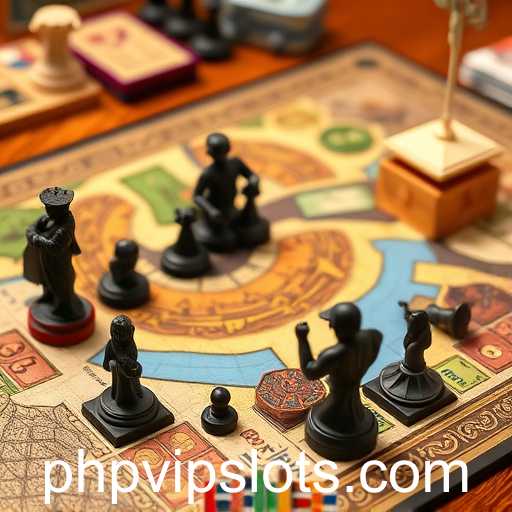Board games have been a staple in family entertainment and strategy gaming for centuries. The evolution of board games from traditional to modern brings a fascinating blend of strategy, luck, and interaction to players of all ages. Generations have gathered around tables to partake in the joys and challenges that board games offer, making them an essential cultural and social tool. From classic games like Chess and Monopoly to contemporary favorites like Catan and Ticket to Ride, the range of options has expanded immensely, providing opportunities for both competition and cooperation in an era where digital entertainment often prevails.
The appeal of board games lies in their ability to bring people together, fostering communication and collaboration. Many modern board games are designed with the intention of crossing cultural barriers, allowing players from different backgrounds to engage in shared quests or competitive battles. Moreover, the thematic diversity in board games today covers a wide array of genres, providing something for every interest, from historical simulations and fantasy epic adventures to intricate economic strategics and puzzle-solving experiences.
In addition to their entertainment value, board games also serve educational purposes. They help develop critical thinking, strategy, social skills, and patience. Some board games are specifically designed to enhance learning in areas like math, history, and language skills. This multifunctional aspect makes board games an attractive option for both schools and families looking to combine fun with learning.
The modern board gaming community is vibrant and active, with countless conventions and meet-up groups occurring worldwide. Websites dedicated to board gaming culture thrive, bringing together fans through reviews, strategy discussions, and forums dedicated to the appreciation and evolution of the board gaming world. "phpvip" is one such digital hub where board game enthusiasts gather to explore new titles, share strategies, and discuss everything from game mechanics to design aesthetics.
With the rise in popularity, many board games are now available in digital formats, but the physical board game experience remains unmatched in its ability to deliver tactile satisfaction and face-to-face interaction. The thrill of rolling dice, moving pieces, or dealing cards cannot be replicated online, making the physical aspect of board games a cherished part of the experience.
As we continue into an age where digital solutions are ever-present, board games remain a testament to the enduring appeal of hands-on, interactive fun. They are a reminder of the richness of in-person engagement, the joy of shared experiences, and the endless possibilities that lie within each game box.





